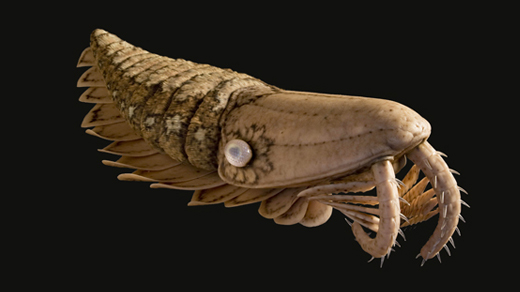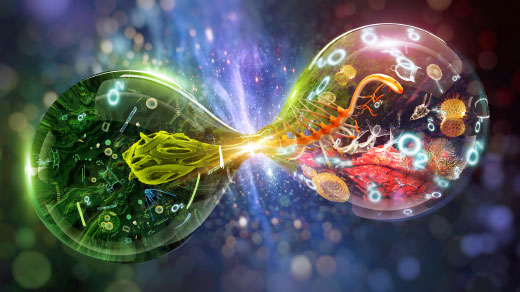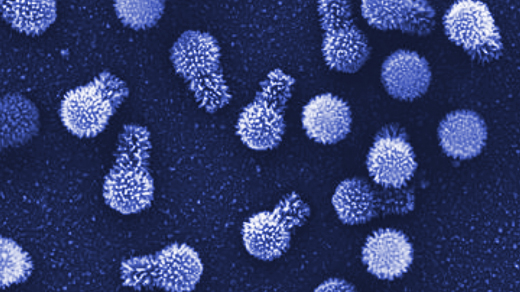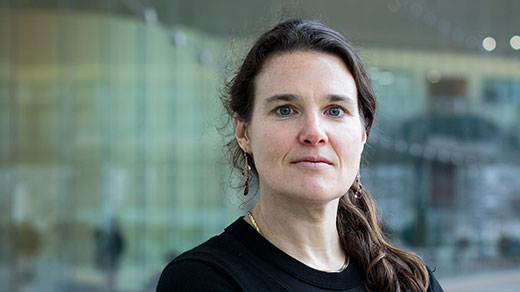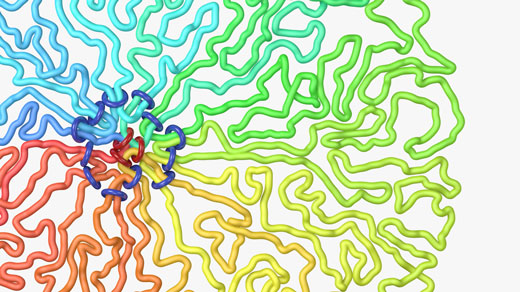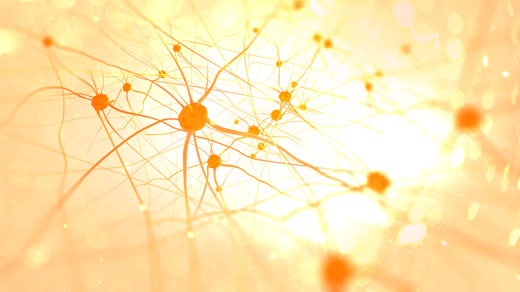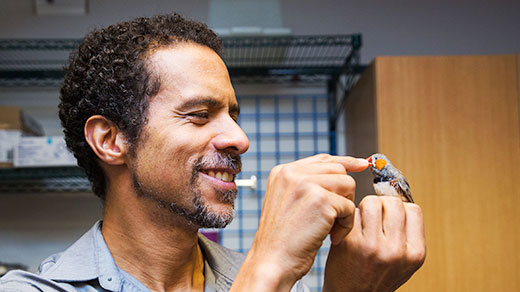Latest Articles
Chronological Clues to Life’s Early History Lurk in Gene Transfers
To date the branches on the evolutionary tree of life, researchers are looking at horizontal gene transfers among ancient microorganisms, which once seemed only to muddle the record.
The Elusive Calculus of Insects’ Altruism and Kin Selection
How the ultra-cooperative behavior of ants, bees and other social insects could have evolved continues to challenge formal analysis. But a new theory about hedging bets against nature’s unpredictability may change the math and shift the debate.
Complex Animals Led to More Oxygen, Says Maverick Theory
For decades, researchers have commonly assumed that higher oxygen levels led to the sudden diversification of animal life 540 million years ago. But one iconoclast argues the opposite: that new animal behaviors raised oxygen levels and remade the environment.
Oxygen and Stem Cells May Have Reshaped Early Complex Animals
An unlikely team offers a controversial hypothesis about what enabled animal life to get more complex during the Cambrian explosion.
New Giant Viruses Further Blur the Definition of Life
A newfound pair of giant viruses have massive genomes and the most complete resources for building proteins ever seen in the viral world. They have refreshed the debate about the origins of these cellular parasites.
A Statistical Search for Genomic Truths
The computer scientist Barbara Engelhardt develops machine-learning models and methods to scour human genomes for the elusive causes and mechanisms of disease.
How Cells Pack Tangled DNA Into Neat Chromosomes
For the first time, researchers see how proteins grab loops of DNA and bundle them for cell division. The discovery also hints at how the genome folds to regulate gene expression.
With Strategic Zaps to the Brain, Scientists Boost Memory
Stimulating part of the cortex as needed during learning tasks improves later recall. The finding reveals more about the brain's memory network and points toward possible therapies.
In Birds’ Songs, Brains and Genes, He Finds Clues to Speech
The neuroscientist Erich Jarvis found that songbirds' vocal skills and humans' spoken language are both rooted in neural pathways for controlling learned movements.



